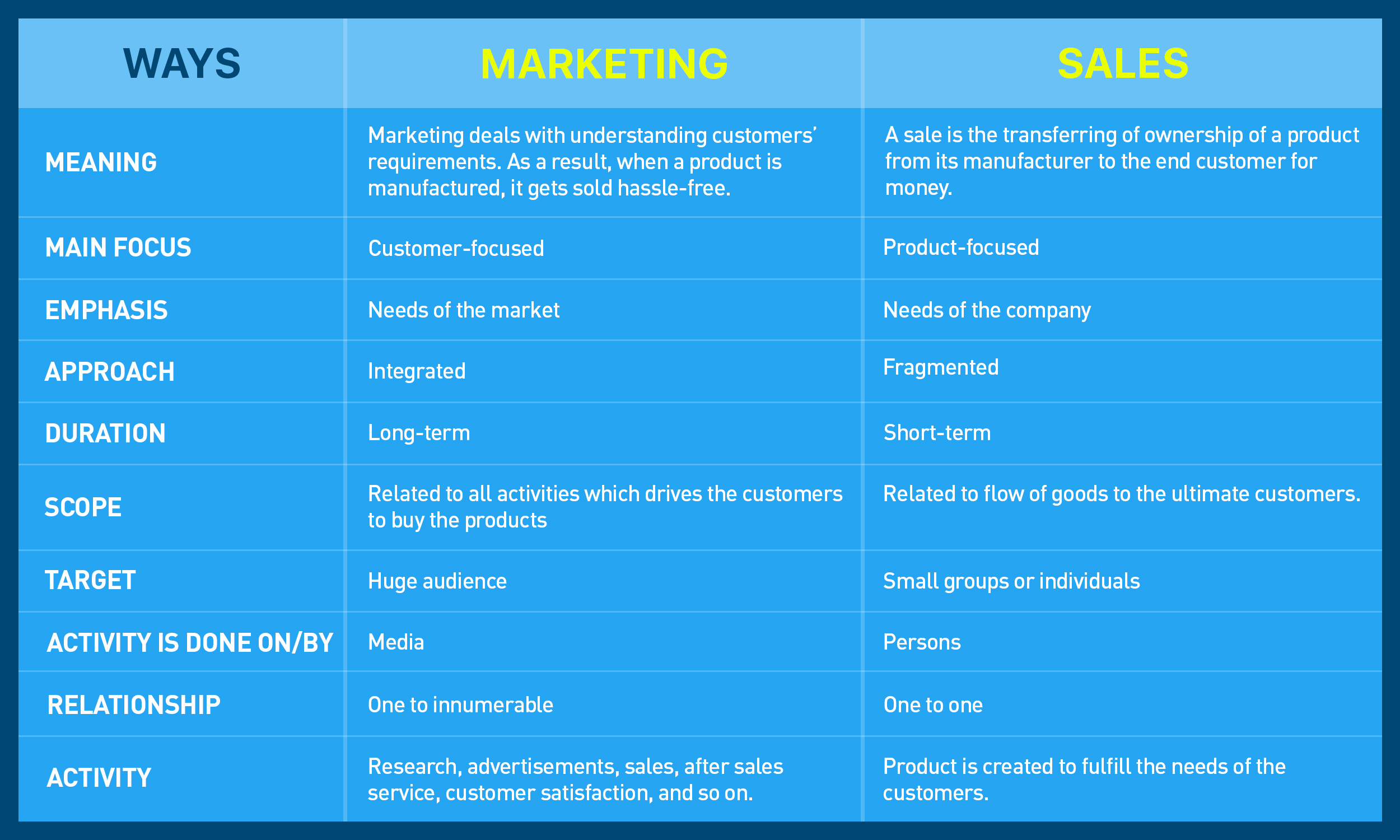More search results now end without a click. Not because people aren’t interested, but because they’ve already found what they came for.
AI summaries, instant answers, featured boxes… These formats now dominate the top of Google results. Your content might still appear, but fewer users open the actual page.
This shift impacts how visibility works. Ranking isn’t the finish line anymore.
Here’s what you can do to stay present, even when clicks don’t follow.
Lead with an answer, not a build-up
When Google shows summaries or AI snapshots, it’s pulling from content that gets to the point quickly.
Pages that explain the what, how, or why in the first two lines perform better. A clear opening sentence does more than a clever hook. Think utility, not drama.
Use subheadings that say exactly what the section answers. This helps search engines lift useful blocks instead of scanning for structure.
Write headers like a human
Search engines prefer natural phrasing. Users do too.
H2s that mimic how people ask questions often show up in rich results.
Instead of “Delivery Timeline,” write “How long does shipping take?” Instead of “Features,” try “What’s included in the free plan?”
This kind of phrasing aligns with how people search. And it makes your page easier to quote, even in zero-click formats.
Schema markup helps your content get recognized
Search engines use schema to understand what type of content they’re looking at.
Adding structured data (for articles, FAQs, how-tos, etc.) can improve the odds that your content gets included in snippets or previews.
It’s not just technical hygiene anymore; it plays a direct role in whether your content appears in AI-generated answers.
This step matters more for brands with how-to or product-focused content.
Pages need to prove there’s more beyond the summary
Getting featured is useful. But people still click when they believe the page goes deeper.
Add reasons to explore. Include visuals, comparisons, related content, or interactive tools. Show what’s beyond the surface.
That extra layer is what separates content that gets mentioned from content that gets visited.
Content that anticipates search intent appears more often
Google features answers that reflect what users want to know in that moment, not just what they type.
To show up in zero-click boxes, your page needs to mirror how people phrase those questions and the kind of answer they expect.
That means anticipating follow-ups, writing in complete thoughts, and avoiding over-complication. Instead of packing multiple ideas into one paragraph, break them into separate sections that solve one thing at a time.
When your content aligns with the user’s search habit, it’s more likely to be picked up (even if the user never clicks).
Final Thoughts
Search is changing. Not slowly—immediately. Pages now compete to be referenced, not just ranked.
At Elevan August, we build with this in mind. We help teams adjust their content for visibility, even when the format skips the click. That means tighter intros, stronger headings, and clearer structure across the board.
If your traffic looks steady but results feel uneven, the issue could be in how your content shows up, not just what it says.
Let’s look at where it’s surfacing, how it’s structured, and whether it still earns attention in a zero-click world. Reach out when you’re ready to take that step.






